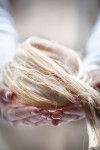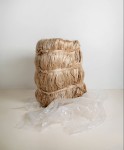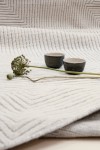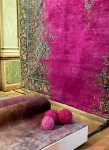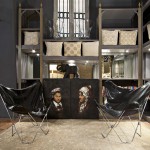Bushoong ntshak
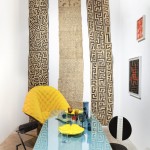
Bushoong ntshak cloths are produced by Kuba (an ethnic group present in the Kuba kingdom of Congo) artists. They are among a series of related central African textile traditions in which works are created on a bark or raffia fibre structure. The production of central African textiles draws upon both male and female creativity. Men act as weavers of clothes which women embroider and paint. Artists elaborate their patterns from memory. While abstract, patterns and design motifs may be given an evocative name whose meaning is significant to the wearer. Textiles are multifaceted objects of use and significance among the Kuba and related peoples. They are worn or displayed ceremonially as prestige, wealth and status emblems. In the past, they were sometimes used as a form of currency. This series includes textiles that combine bold and imaginative approaches to design and refined mastery of technique.
Dance for me, baby!
The Bushoong ntshak are fabrics that Bushoong women wear wrapped around the hips as skirts, often used as dance skirts.
These long fabrics are obtained by sewing different pieces as the raffia fibres are short, giving rise to heddle loom-woven pieces.
Usually, the men weave while the women embroider them or add applications such as patches.
Aesthetics and function thus merge into miniature works of art whose influence on modern art in the West is unmistakable and is revealed in works by Paul Klee, Antoni Tàpies, and Keith Haring.
Blending tribal art like Bushoong Ntshak fabrics into modern art and interior design links us to history, culture, and timeless creativity that stretches across generations.



